Campus
- Downtown Toronto (St. George)
Fields of Study
- Physical Chemistry
Areas of Interest
The group's research activities are directed towards three interrelated areas: energy transduction in biological systems; interfacial structure and reaction dynamics; and high-order nonlinear laser spectroscopies (six-wave mixing) as a novel probe of liquid and protein "memory" functions.
With respect to energy transduction the question being addressed is the mechanism by which small amounts of energy can be so highly directed in executing biological functions. Biomolecules are huge, bordering on the mesoscopic scale, with typically more than 105 degrees of freedom; yet the act of a single bond being made or broken can lead to correlated motions involving all the constituent atoms on time scales many orders of magnitude faster than a random sampling of its degrees of freedom. How is this relatively small amount of energy so highly directed into functionally relevant motions?
Our work on interfacial properties complements this effort in that a significant fraction, if not most, of biological and chemical reactions occur at surfaces. The abrupt discontinuity in the dielectric function and other properties of the medium modify barrier heights and dynamics in a manner greatly accelerating the process. Our efforts in this area have focused on the degree of wavefunction overlap between discrete molecular states and delocalized conduction band states. What causes the collapse of the wavefuction onto a molecular state? In this endeavour, we have developed several new femtosecond spectroscopies that have now given us a real time and spatial mapping of reactive electron tunneling. In essence we can watch the electron distribution tunnel across the interface.
Finally our efforts to advance nonlinear spectroscopy from more conventional 4-wave to 6-wave and higher order spectroscopies is driven by our desire to investigate intermolecular forces that determine the dynamic structure of liquids and proteins. This methodology is a type of multi-dimensional spectroscopy in which the variably timed interaction of the laser pulses with the medium cancels inhomogeneous effects inherent in disordered media and casts out the pure dephasing processes. This information is directly related to the many body potential defining the short-time liquid and protein structure. It is the information gained from 6-wave mixing and other high order nonlinear interactions that is needed to understand the various dynamical properties of these complex systems; information that can not be retrieved by any other spectroscopy. Our recent development of diffractive optics based heterodyne detection helps opens the door to this new spectroscopy.


